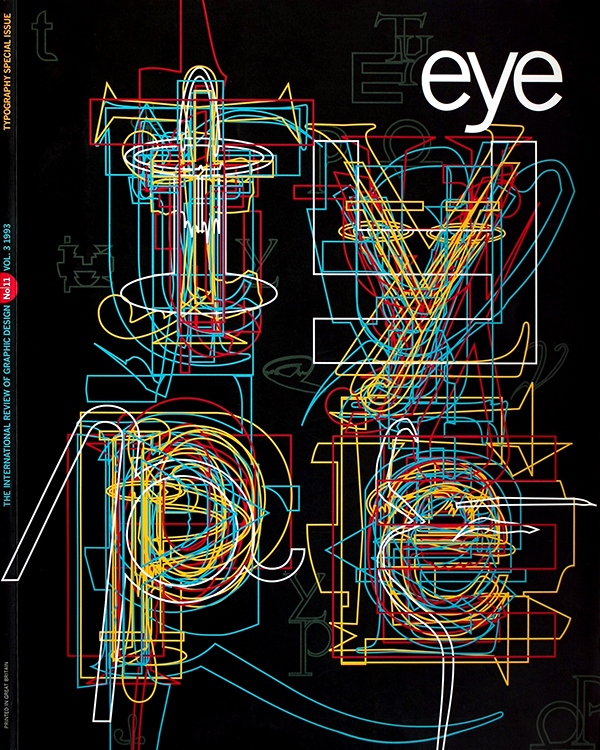Winter 1993
Typography/Typo Graphics
International Typography Almanac 2
Robundo Publishing, £90Indefatigable chroniclers of all that is state of the art, the Japanese have taken to the graphic design annual with a vengeance. Two weighty surveys arriving more or less simultaneously from different publishers share much in common – including several examples – but differ markedly in the overall picture they paint of typographic trends. International Typography Almanac 2 (Robundo Publishing, £90), edited by Evolution Graphics, is by far the more sober – an immaculately photographed and printed round-up of thoughtful work from both East and West whose central inspiration appears to be a Swiss-derived Modernism. The New Typo Graphics (PIE, £59.95), on the other hand, unconditionally embraces all that is zappy, deconstructed and…new. If the Almanac strives for stateliness in its layout, sometimes devoting as many as twelve pages to a single project, Typo Graphics prefers a throw-it-all-into-the-soup approach that certainly matches the content, even if it does not help you to see it clearly. Both books seem equally uncertain, however, about what they are trying to say. You could swap their airy introductions and it would not make the slightest difference. The Almanac invokes Theo van Doesburg and Piet Zwart without establishing any firm link between their work in the 1920s and this work now, while the Typo Graphics text, written by Hitoshi Koizumi, a student of Wolfgang Weingart, invokes Wolfgang Weingart. An inevitable feature of both surveys, if only for reasons of global marketing, is the typographic collision of East and West. It would be more revealing in future volumes to hear a Japanese perspective on this: to what extent can western approaches be imported into the framework of Japanese typography? And if they can, are they generating the enthusiasm, and resistance, that they have in the West?
First published in Eye no. 11 vol. 3, 1993
Eye is the world’s most beautiful and collectable graphic design journal, published for professional designers, students and anyone interested in critical, informed writing about graphic design and visual culture. It is available from all good design bookshops and online at the Eye shop, where you can buy subscriptions and single issues.

